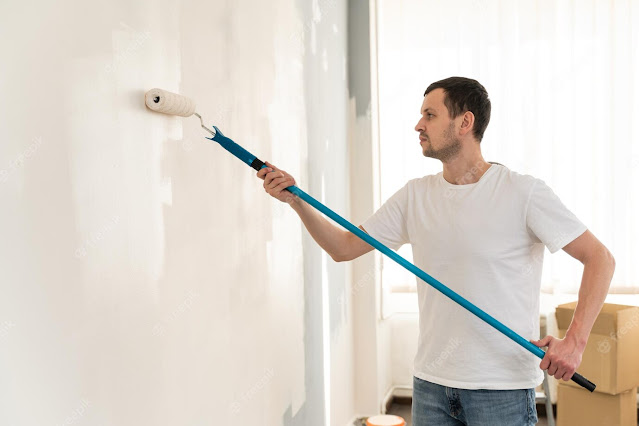When it comes to painting the interior of your house, following the right techniques can make a significant difference in achieving a flawless and professional-looking finish. Whether you're a beginner or an experienced painter, these ten interior house painting tips will help you elevate your skills and create a perfect paint job.
Prepare the Surface:
Before diving into painting, ensure that the surface is clean, dry, and smooth. Remove any dirt, dust, or loose paint by thoroughly cleaning and sanding the walls. This step ensures better paint adhesion and a smoother final result.
Use High-Quality Paint:
Investing in high-quality paint is crucial for achieving a beautiful and long-lasting finish. Quality paints not only offer better coverage but also require fewer coats, saving you time and effort. Look for paints with low or no volatile organic compounds (VOCs) to reduce fumes and promote a healthier indoor environment.
Protect Your Furniture and Floors:
Cover your furniture, flooring, and fixtures with drop cloths or plastic sheets to shield them from accidental paint splatters or spills. This precautionary step will save you from potential damage and make the cleanup process much easier.
Prime the Walls:
Priming the walls before painting helps to create an even surface, hide imperfections, and improve paint adhesion. Apply a coat of primer specifically formulated for your wall type, such as drywall, wood, or plaster, for optimal results.
Cut-In First:
Start by cutting in before using a roller. Use a high-quality angled brush to carefully paint the edges, corners, and trim where a roller may not reach easily. This technique ensures cleaner lines and a more professional finish.
Optimal Rolling Technique:
When using a roller, load it with an appropriate amount of paint and apply it in a "W" or "M" pattern. Begin from the top of the wall and work your way down, slightly overlapping each section. This technique helps to achieve a consistent coat and minimize streaks.
Don't Forget to Feather:
To avoid visible lines or lap marks, feather the edges of each painted section while it's still wet. This technique involves lightly blending the wet paint with the previously painted area, creating a seamless transition.
Proper Ventilation:
Ensure proper ventilation in the painting area by opening windows or using fans. Adequate airflow helps to speed up drying time, reduces strong paint odors, and maintains a comfortable environment.
Multiple Thin Coats:
Instead of applying one thick coat, it's better to opt for multiple thin coats of paint. Thin coats dry faster and are less likely to drip or sag, resulting in a smoother finish. Allow each coat to dry completely before applying the next.
Clean Up and Store Properly:
After completing the painting job, clean your brushes, rollers, and other painting tools promptly. Use soap and water for latex-based paints or the appropriate solvent for oil-based paints. Properly store your tools for future use or dispose of them responsibly.
Conclusion:
By following these ten interior house painting tips and techniques, you can transform your home with a flawless paint job. Proper surface preparation, high-quality paint, precise cutting-in, optimal rolling techniques, and attention to detail will help you achieve professional-looking results. Remember to take necessary precautions to protect your furniture and floors, ensure proper ventilation, and clean up after the job is done. With these tips in mind, you'll be well-equipped to tackle your next interior painting project with confidence.












No comments:
Post a Comment